Making the world a better place with blockchain
This is the content of my first 2-hours class that opens the 12-sessions introductory course we teach with OffChain and the DLH.
The course starts with a few basic definitions, so at least everybody knows what the words we are going to use actually mean:
What is “blockchain”?
- The term designates a set of computer programs and, by extension, the technologies allowing the building of more such computer programs.
¬ Note the term is not “trade marked” – anyone can call his program “a blockchain”
¬ Corollary: a few notions of software design and architecture are necessary and will be introduced (so you can distinguish the fake from the real deal)
Hallmarks of a blockchain-based program:
¬ “Replicated state machine” – the data is distributed, replicated in a large network of computers agreeing on a “single version of truth” through a “consensus mechanism”
¬ The history of past states is secured through cryptographic methods
- These computer programs have, remarkably, been shown to have a significant impact on:
¬ Governance and novel ways of collaborating
¬ Transaction costs – enabling interactions that were not economic in their absence
¬ Productivity
What are “cryptocurrencies”?
- The term designates a set of data objects that display a series of unique characteristics.
¬ They are “persisted” in distributed databases with a dedicated design, the blockchains.
¬ In these databases, they are typically associated with “addresses”
¬ The blockchain program implements rules for modifying the amount of cryptocurrency associated with an address through “transactions”. - These data objects have been designed to implement characteristics of money:
¬ Enforce “ownership” and avoid easy duplication
¬ Ability to serve as “unit of account” and “medium of exchange”
¬ A real opportunity to avoid intermediaries (peer to peer), but no obligation to do so!
¬ A variable degree of privacy and censorship resistance - Cryptocurrencies allow OffChain Luxembourg to operate “bankless”
What is “Web3”?
- A new generation of applications leveraging blockchains and cryptocurrencies.
¬ Look for strong data ownership
¬ Look for incentives (e.g. “play to earn”)
¬ On the downside, user experience is unfamiliar and often subpar
¬ The culture of anonymity exposes to scams. - NFTs, P2E games and DeFi applications are today the main categories of WEB3 applications.
- We are pioneering “Attend to earn” – encouraging you to attend this class with the OffChain Luxembourg token, OCLT. At the end of the class, you’ll be able to SELL or to BUY more.
Why is this knowledge more relevant today than it was a few years ago?
- MiCA is here – soon, crypto will be everywhere, and that’s a good thing!
¬ We’ll speak about how this will impact the Luxembourg Financial place – private banking, funds industry
¬ We’ll speak about crypto in everyday life – payments, taxation, accounting
¬ We’ll speak about lighter, more entertaining things such as “crypto stamps” - AI is also here – soon, fakes will be everywhere. Cryptographic signatures can alleviate the pains of a transition to an AI-infested world
¬ Scams – how to recognize and avoid them.
Course objective: helping you identify the way the suits you best for wielding “blockchain” to “make the world a better place”
¬ New jobs will soon be emerging, requiring crypto skills
¬ Deploying crypto in your everyday life will present financial benefits
¬ Launching a blockchain start-up
¬ Championing a blockchain solution inside your organisation
¬ Investing in crypto assets
¬ Etc. …
- Practical exercise: let’s map your personal objectives on this course
- If you want to know more: OffChain Luxembourg (WhatsApp group)
Bridge concepts and vocabulary
- Browser extension
- Wallet, address, seed phrase
- Transaction
- Public keys, private keys, hash, signature
- Centralized Exchange (CEx) / Decentralized Exchange
- “Deposit” / “Withdraw”
- Fees
- Smart contracts
- Coins, tokens, stablecoins
You are going to learn how to use blockchains and crypto
¬ If you don’t have an account with a Centralized Exchange, start reading up on a few of them
¬ If you don’t have a “wallet” yet, you can already install those that will be used
Plan (for the 12 sessions)
- How did we get here, why are we discussing « blockchain »?
- Blockchain background, principles and practice (2 sessions)
- Blockchain features and functionalities, wallets, smart contracts and dApps (2 sessions)
- NFTs, Web3, DAOs and practical implementations
- Blockchain architecture – public and private blockchains
- Blockchain, cryptocurrencies and economics
- Crypto-assets and decentralized finance in practice (2 sessions)
- Blockchain and law – the MiCA regulation
- Blockchain in large organisations in practice, wrapping-up and conclusions
Opening statement:
“Blockchain” is much more than a “technology” – if you came here to learn about technology, you’ll be pleasantly surprised, because we’ll open the horizons!
You’ll learn that “blockchain” enables:
- Brand new institutional architectures
- Brand new economic organizations
What guides us: increasing the propserity and well-being of the greater number. But are the historical determinants of well-being and prosperity?
¬ A tiny bit of political philosophy – Thomas Hobbes and David Hume
¬ Game theory
¬ Crypto-anarchy
¬ Haber & Stornetta’s 1991 “time stamping server”
¬ Wei Dai’s b-money
¬ Bitcoin – without which we wouldn’t be here today, talking about “blockchain”
The philosopher Jon Elster points out that two specific human behaviours are essential to keep societies together:
¬ “Predictable behaviour”
¬ “Cooperative behaviour”
In his best-seller "Sapiens", Yuval Noah Harari makes many powerful observations:
our capacity for building civilizations stands on our ability to collaborate at large scale. Human propensity to come together around stories and transform them into shared, common myths, thus creating what Harari calls "intersubjective realities" is one of our biggest evolutionary advantages. He also calls money "the best tool humanity invented for large scale collaboration".
An historical exploration, starting from the seminal 1651 "Leviathan" of Thomas Hobbes was already present in a previous post.
I wanted here to overlay on that historical exploration the debate about decentralization, a much cherished concept in the blockchain world. And I underscored that the progress of human civilization actually correlates with centralization, that allows specialisation, division of labour and unleashes economic efficiency. In this context, decentralization acts as a control mechanism that prevents the abuse of centralized structures by bad actors. Blockchain appears as an advanced tool that shifts the equilibrium away from those in power and thus reinforces the resilience and durability of centralized systems.
Thus "centralization" is the hallmark of progress
¬ Centralization is the result of a natural search for effectiveness and efficiency.
¬ How to prevent those in positions of power, those entrusted with making decisions from making bad decisions?
¬ “Decentralization” is inefficient and leads to lower effectiveness
¬ Decentralization hampers specialization
¬ Decentralization is thus not of benefit per se, quite the contrary, it bears a cost.
¬ Blockchain makes the cost of decentralization bearable
¬ Blockchain enables new social constructs
¬ Blockchain introduces a host of granular choices of varying degrees of centralization.
¬ Blockchain weakens the power monopoly of the Nation State and reduces the cost of the "exit" strategy, thus increasing freedom.
This thoughts were already present in a post six years ago: "Understanding blockchain's social impact"
¬ When centralization is abused, the society / organization declines
Responses to decline in organization:
¬ Exit
¬ Voice
¬ Loyalty
¬ (Neglect)
¬ Parallels to psychology: Flight / Fight / Freeze / (Learned helplessness)
¬ Blockchain is a tool that helps those trapped inside a declining organization to “exit”
¬ It’s very existence reduces “dominance”
"Dominance" ("emprise" could be a good French translation) is a subtle philosophical concept which I better understood reading a recent book by the 2024 Nobel prize in economics laureats, Daron Acemoglu and James Robinson.
Acemoglu and Robinson, who I quoted extensively in my Master's dissertation on "Blockchain regulation versus innovation in the EU" (dedicated to analysing the MiCA regulation), are among the most prominent representatives of the field of institutional economics.
Institutional economics
¬ Douglass C. North – Economics Nobel Prize 1993
¬ Daren Acemoglu & James Robinson – Economics Nobel Prize 2024
¬ The “Gilgamesh Problem” - a State so powerful, it begins preying on the society
¬ Gods send Enkidu, the “Doppelgänger” – Enkidu and Gilgamesh collude
¬ Liberty and “dominance”
¬ Dominance: If someone has power, it doesn’t even need to exercise it: those subject to his power will consciously self-censor in order to avoid triggering the exercise of power
¬ Absent Leviathan, the society gets trapped in a “cage of norms”
¬ Liberty is a legitimate aspiration
¬ Dominance over society is in the State's “DNA”
¬ Societal mobilization is a critical pillar to achieving the “Shackled Leviathan”
¬ Achieving liberty is not a state, it’s a process – the “Red Queen” effect - we have to run as fast as we can just to remain in place
For the follow-up, please refer to my previous post:
Blockchain: the first 360 years - from Thomas Hobbes to Satoshi Nakamoto
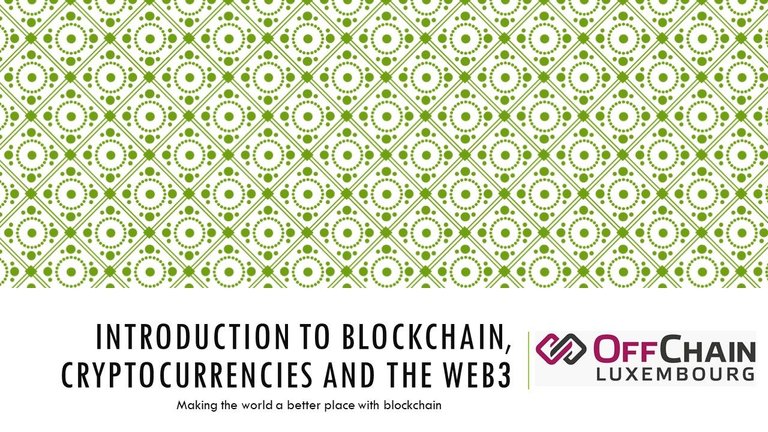
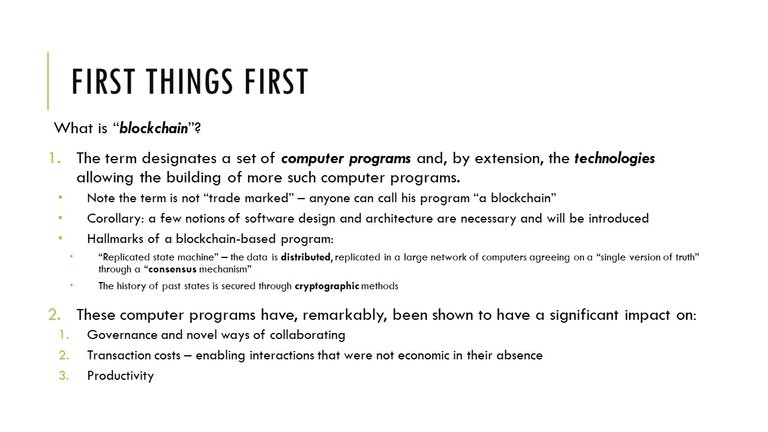
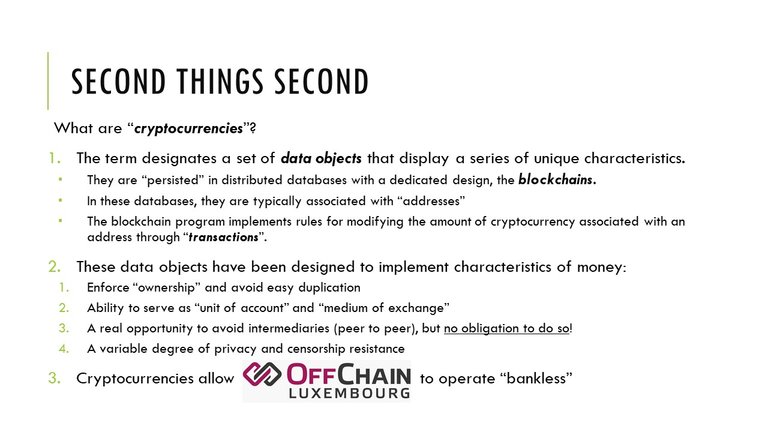
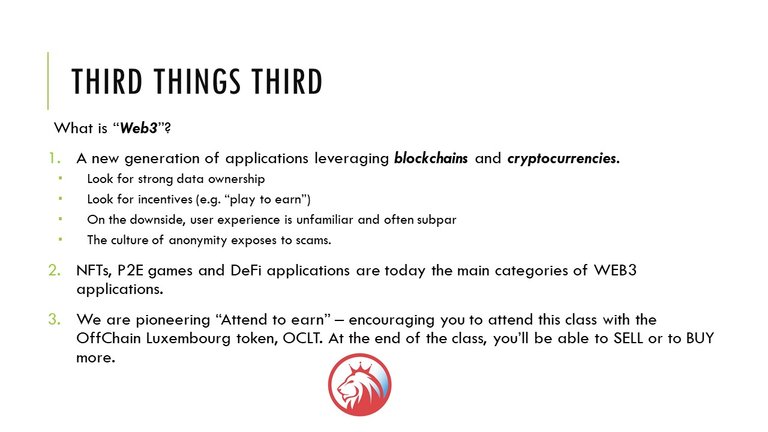
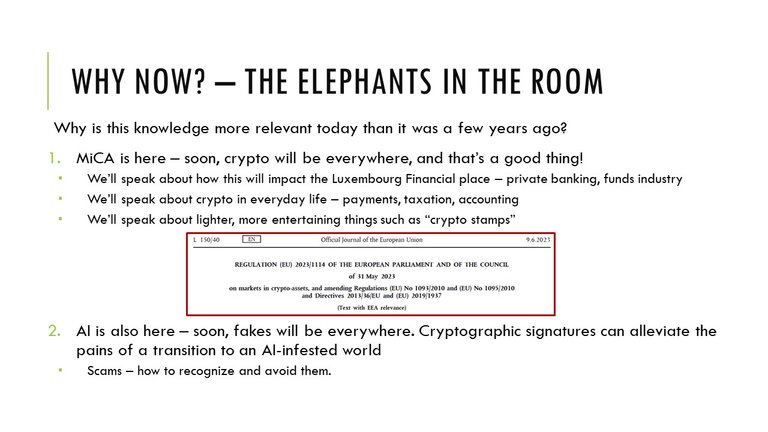
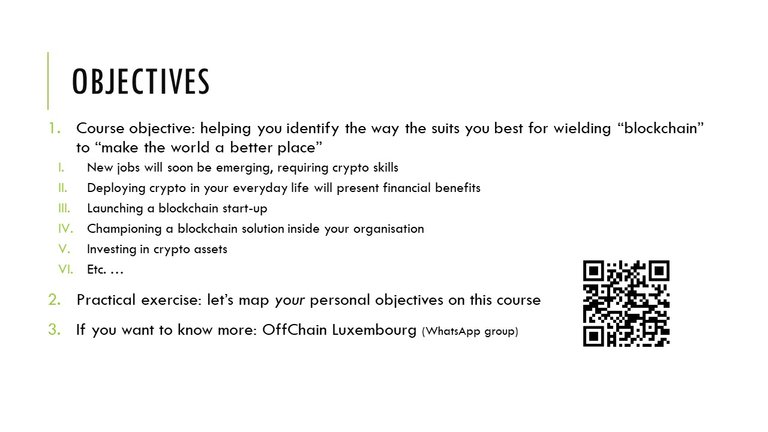
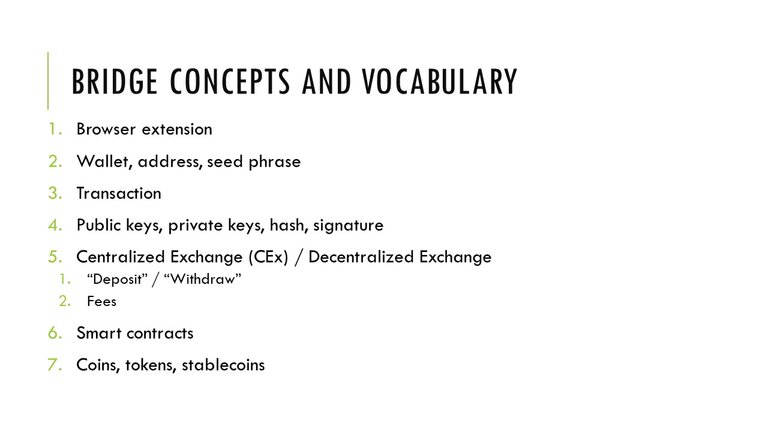
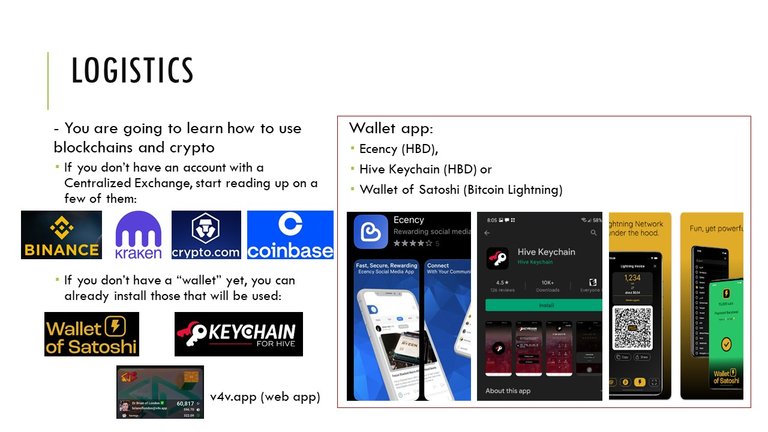
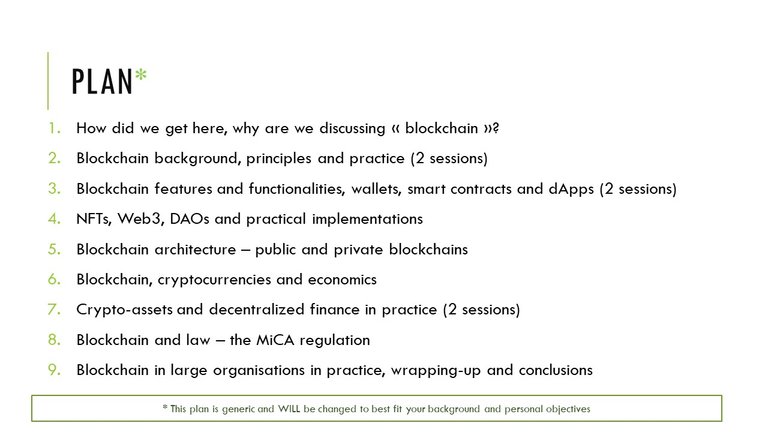
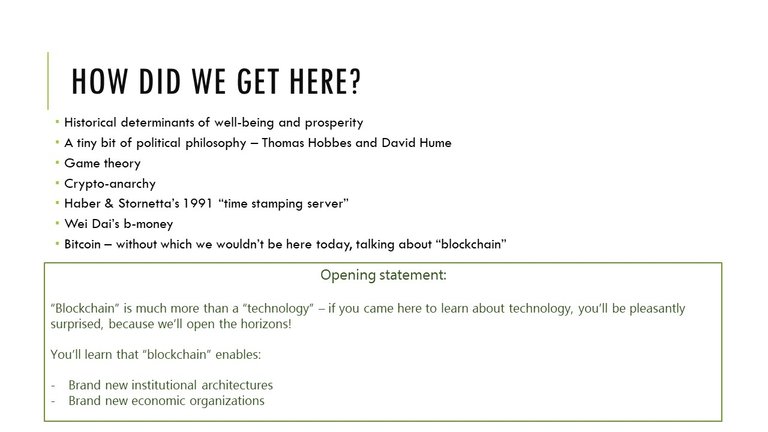
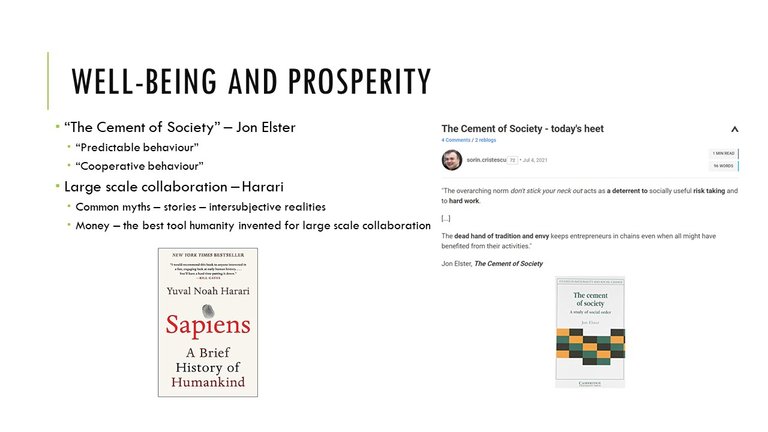
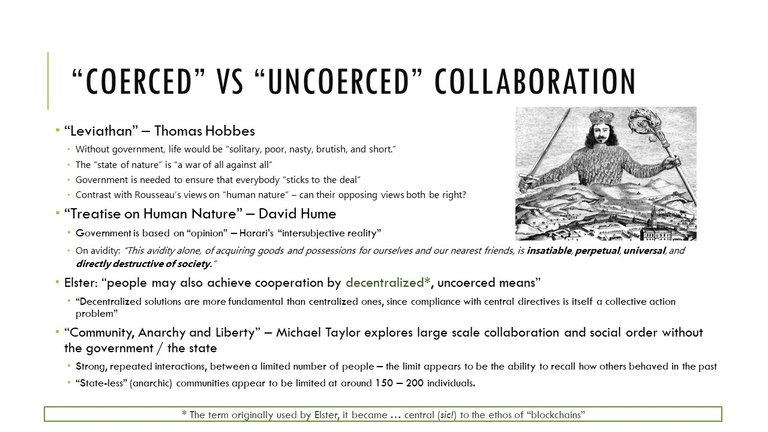
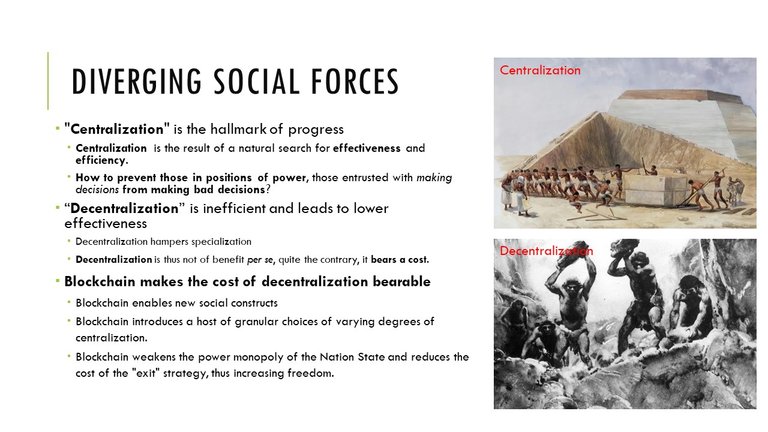
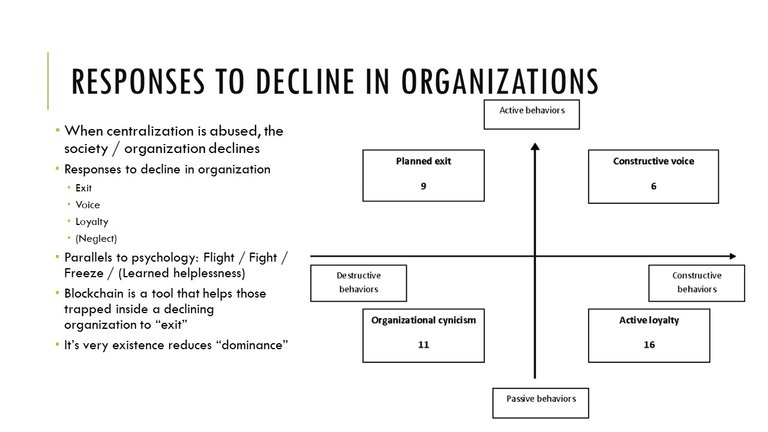
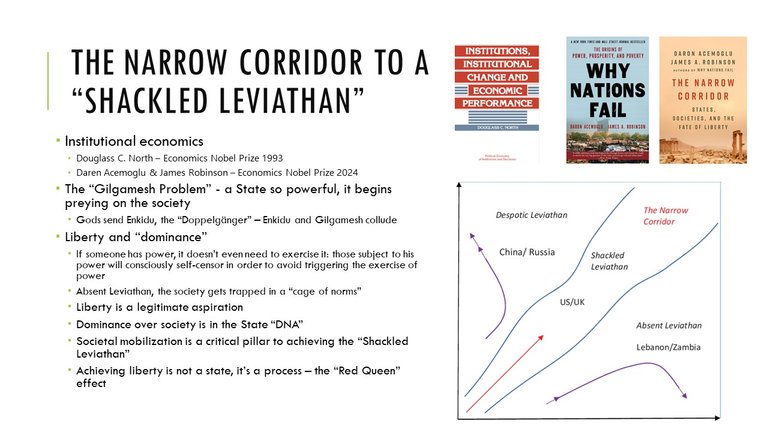
Bonjour Professeur,
Je voulais juste vérifier si vous avez bien reçu et pu lire mon message chiffré envoyé sur Hive concernant le stage blockchain.
N'hésitez pas à me faire savoir si vous avez besoin d'informations supplémentaires !
Bien cordialement,🙂
Oui, ça a très bien marché, parfait! Je vous reviens!
Bonsoir M. @sorin.cristescu,
Je me permets de vous réécrire à titre de rappel concernant le contenu de mon message crypté.
Merci par avance pour votre retour.
Bonjour Kevin,
Pourrais tu m'écrire un e-mail s'il te plaît?
Comme ça on peut discuter plus facilement.
désolé je n'avais pas considéré cet aspect, je vous ai donc envoyé un email
Ce n'est pas une bonne idee de mettre des adresses e-mail en clair sur la blockchain, car tout est publique et les bots vont se rejouir de la reprendre et l'utiliser pour envoyer du spam. Peux-tu stp editer to commentaire et l'enlever. Merci
c'est ok
parfait
"Transaction costs – enabling interactions that were not economic in their absence"
Can you elaborate on this please?
Sure. I have in mind very specific, but very numerous cases where I live, in Luxembourg, where the frictions induced by laws and regulations and the centralized monetary system leads to a suboptimal situation where A needs a good or service that B can provide, and B would be very happy to provide that good or service at a price that both would consider "a good deal". And yet because of the intermediaries and their "cuts" the price raises so much that A is not willing to pay anymore. The transaction doesn't happen, B cannot earn money and has to leave, the "supply" he was bringing disappears. Everybody ends up worse off.
@sorin.cristescu Bonjour, voici le travail réalisé dans le cours de M.Boulet sur la crypto "SOLANA", réalisé avec Clément Pascal :
https://peakd.com/hive-114606/@hdewas/cryptomonnaie-solana-une-premiere-presentation
@sorin.cristescu Bonjour, voici le travail que j'ai réalisé pour le cours de Mr Boulet sur la crypto Ethereum:
présentation de l'écosystème ethereum https://peakd.com/hive-114606/@amachado/lecosystemes-ethereum
@sorin.cristescu Bonjour, voici le travail réalisé dans le cours de M.Boulet sur la blockchain "CARDANO", réalisé avec Fatima Ezzahara Minhal :
https://peakd.com/hive-114606/@benjaminpssn/presentation-de-la-blockchain-cardano
@sorin.cristescu Bonjour monsieur, voici le travail réalisé dans le cours de M.Boulet sur la blockchain "CARDANO", réalisé avec Benjamin Poisson :
https://peakd.com/hive-114606/@benjaminpssn/presentation-de-la-blockchain-cardano
Bonjour Monsieur @sorin.cristescu,
Voici le lien pour le travail que j'ai réalisé pour le cours de Mr Boulet sur la blockchain Alastria : https://peakd.com/hive-114606/@gomygo0o0/alastria-un-consorium-aux-perspectives-europeennes
Bien à Vous,
Margot 😊,
Bonjour monsieur @sorin.cristescu,
Voici le lien vers le travail réalisé dans le cours de M.Boulet sur la crypto Tezos: https://peakd.com/hive-114606/@gauffreausucre/presentation-blockchain-tezos-xtz
Cordialement, BECUWE Clément
Bonjour Monsieur CRISTESCU,
Je me permets de vous transmettre nos travaux de Cryptomonnaie (Monero) avec M.BOULET Pierre :
Lien : Cryptomonnaie (Monero)
Merci et cordialement,
(Abdennour LAGHA & N'GOUAN Kevin)
Bonsoir Monsieur @sorin.cristescu,
voici le projet : Monero réalisé dans le cadre du cours de M.Boulet , il portait sur la présentation du fonctionnement de l'écosystème de la crypto privée Monero créé en 2014.
Interesting.
Thanks!
This is pretty clearly not babby's first introduction to crypto. There are plenty of those, and plenty of looks at crypto from the technological angle. This is the best look at crypto as it relates to the EU that I've seen. It's also the only look at crypto from that direction that I've seen.
Thank you, much appreciated 🙏
This is the course material for my students. It's not targetting random readers
No problem :)